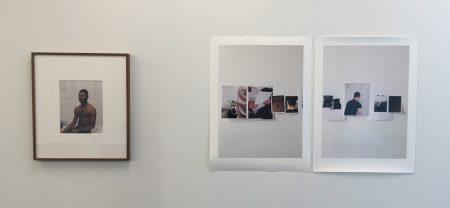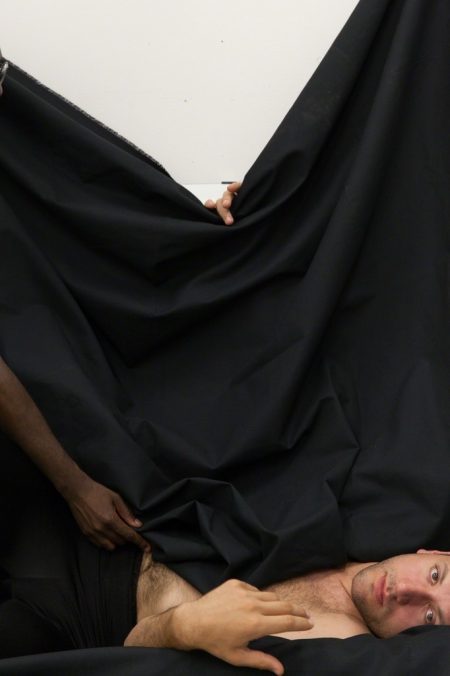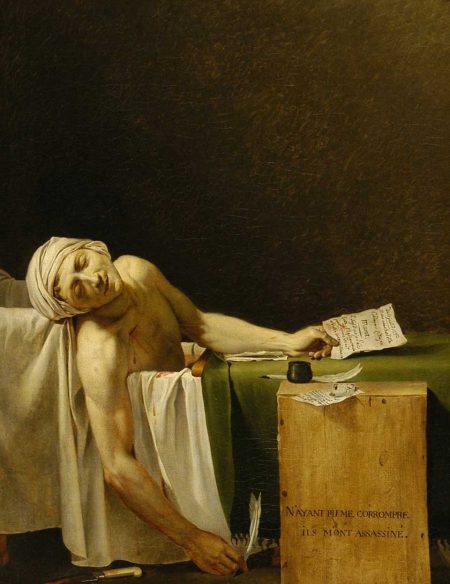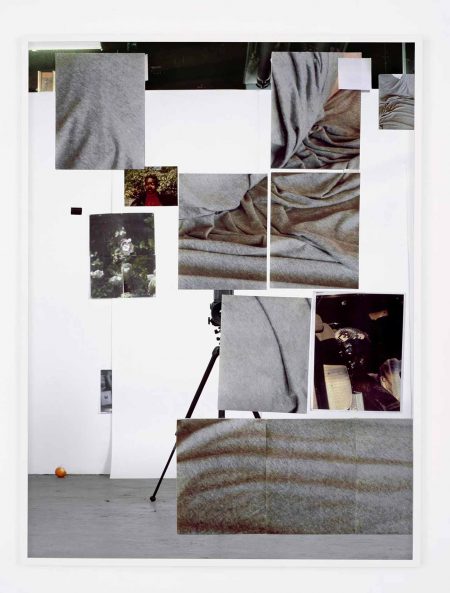Paul Mpagi Sepuya was born in San Bernardino, California in 1982. He currently lives and works in Los Angeles. Sepuya is known for his extensive photographs of domesticated scenes of friends, fellow artists, and lovers. His photographs vary anywhere from portraiture and figure studies to photographs of collaged elements from previous studies that have been installed and collaged within his studio and then photographed.
Sepuya utilizes accumulative scenes to break down his process and identity as a photographer, which builds on an identity firmly within a social structure of gay male peers and mentors. His images are informed by a coded language of visuals, social cues, and other signals to queer culture from Andy Warhol, Robert Mapplethorpe, Peter Hujar and George Dureau to more obscure and subversive communities within the history of the gay avant-garde. Positioned within this historical framework, Sepuya aligns with the contemporary impulse among artists to locate a space of unity for their work to exist. As his photographs index previous studio activity and former portrait sessions; life imitates art and vice-versa.
Formally speaking, Sepuya’s images have a profound cultural, historical, and visual weight. They speak to queer culture, the making process, and art history (thus, cultural and societal history / identity). His photographs validate that art can speak to the past, future, and present in a way that is congruent within itself and surpasses the experience of culture and time because he utilizes compositional and visual languages that are easily recognizable and thus, relatable. For example, Darkroom (_9226), (2016) reads compositionally similar to Jacques-Louis David’s La Mort de Marat (around 1793).
This is important to note because of Sepuya seems to be utilizing classical, yet formulaic, elements from Renaissance, Brutalist, and performance art to study contemporary gender politics and friendships as a homosexual male in America. He is connecting the dots between the past and present through visual cues from throughout art history. Darkroom (_9226) (2016) is a model study that includes two figures, one Caucasian male in the front bottom of the plane and the arm of a African American figure (the artist?) that gently pulls an opaque black fabric gently off the figure below. The white wall of the studio hovers at the top of the image, giving the composition an anchor at the lightest part of the value scale as well as compositional weight to equal the figure at the bottom. It’s mathematically a stunning photograph. Plus, the intensity of that gaze is simply powerful.

Right: Self Portrait (holding Joshua’s hand). Archival Pigment Print. 2006. Left: Studio, November 21— Black is the Color (of My True Love’s Hair). Archival Pigment Print. 2013.
On one small side wall of the gallery arrow sets of images, technically three, but one image is actually two pigment prints set, frameless, next to one another as one image. On the left you have Self Portrait (holding Joshua’s hand) (2006), which sits within a frame, and on the right you have Studio, November 21— Black is the Color (of My True Love’s Hair) ( 2013). These images read as the introspection of an artist living as an artist.—moments of normalcy next to moments of fluidity and flexibility in creation and experimentation. All of the weight lies in Self Portrait— the hunched over position within a doctor’s office, a loved one’s hand resting in the corner, the piles of fabric and tension, all at the bottom of the frame. The image sits in your gut. Studio, November 21 on the other hand presents itself like a landscape. It’s immediate and hopeful and experimental— a grouping of studies for reference and critique, or an arrangement for self declaration and questioning.
The most challenging images of the exhibition were Sepuya’s large scale archival pigment prints that depict installed collages of model studies arranged as still lives. I employ the term ‘installed collages’ because Sepuya arranged, physically manipulated, and physically arranged photos (previously taken in the studio) in front of mirrors and with models in such a way that it becomes challenging to interpret when the photograph is a photo of a photo or a photo of a model, situated amongst photographs. Still-life, installation, and photography begin to merge in this perspective.
If you attend any exhibitions during the remainder of Louisville’s Annual Photo Biennial, go to this one. You won’t be disappointed. Portraits / Positions is up through Sunday, November 12th in the Third Floor Gallery with an artist talk on November 4th at 3:30.
—Megan Bickel






